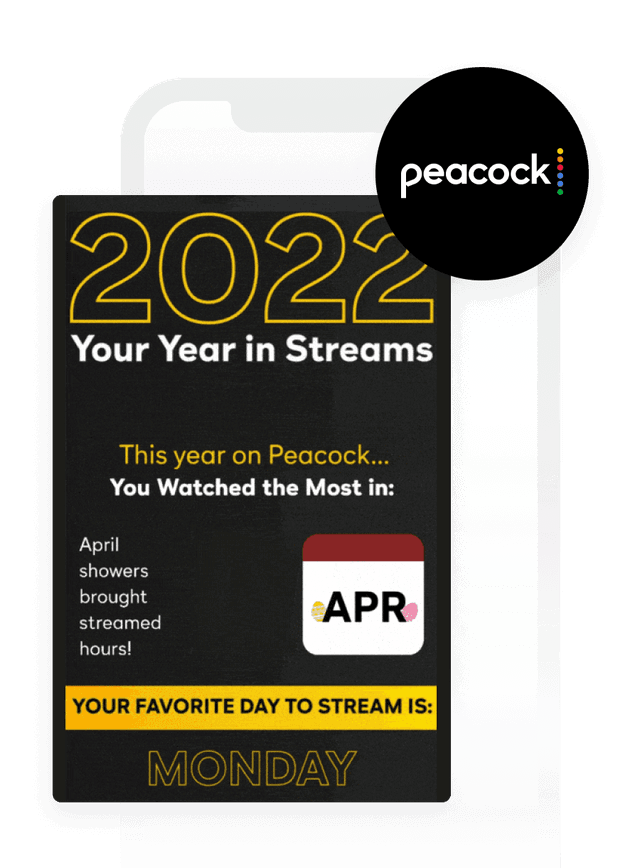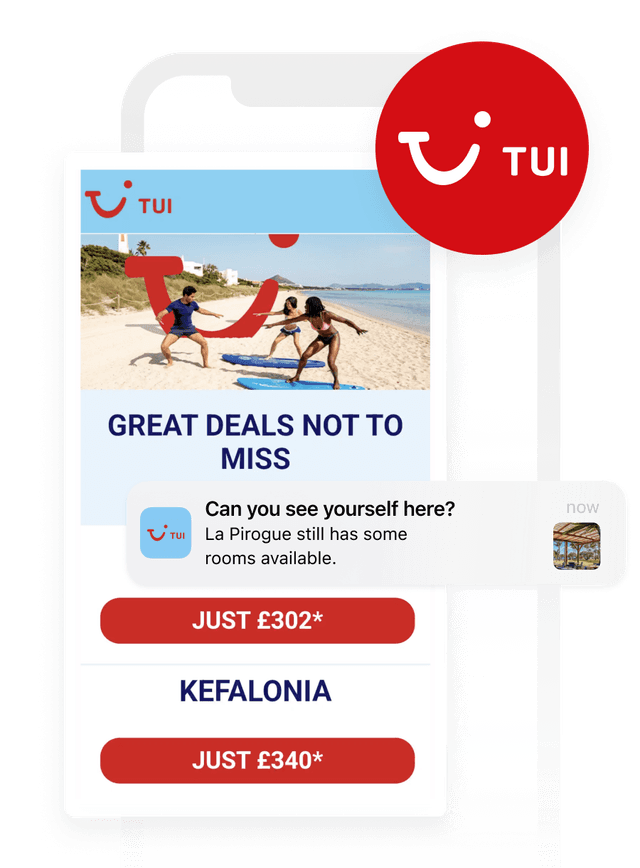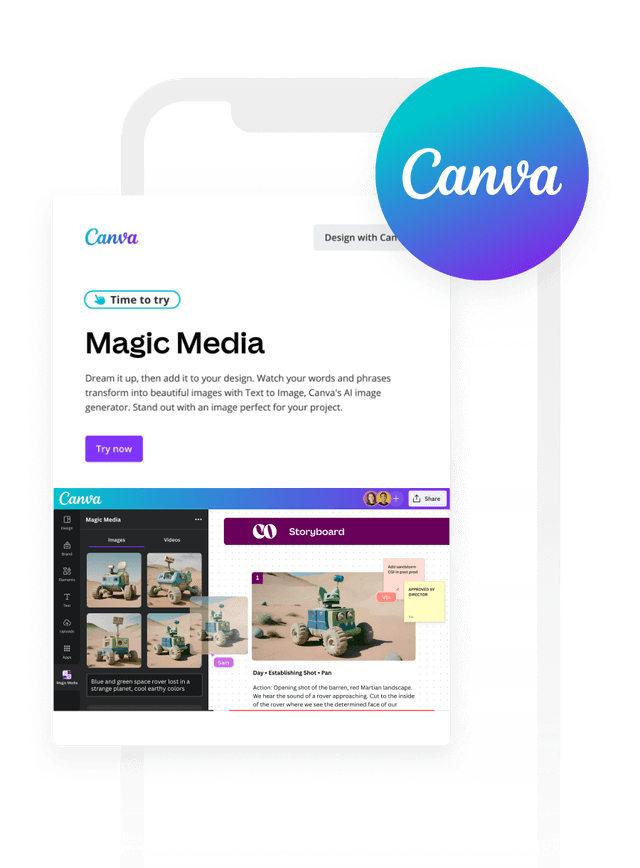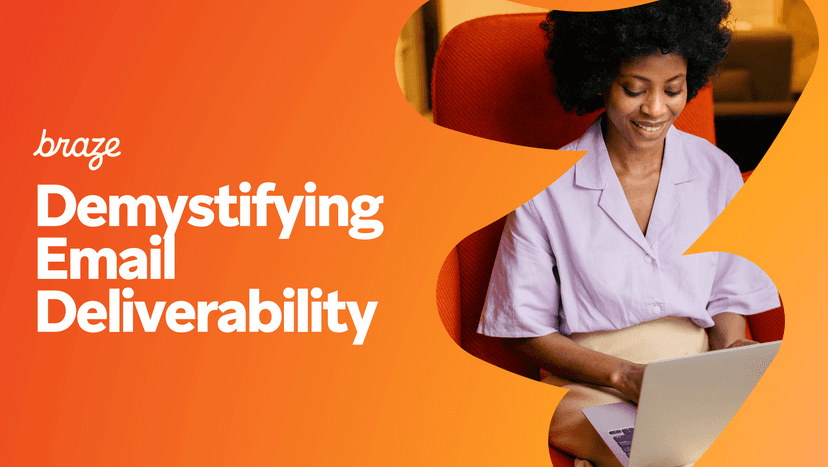Be Absolutely Engaging.™
Make email feel brand new.
Breathe new life into a trusted channel with personalized, dynamic email experiences that drive revenue.
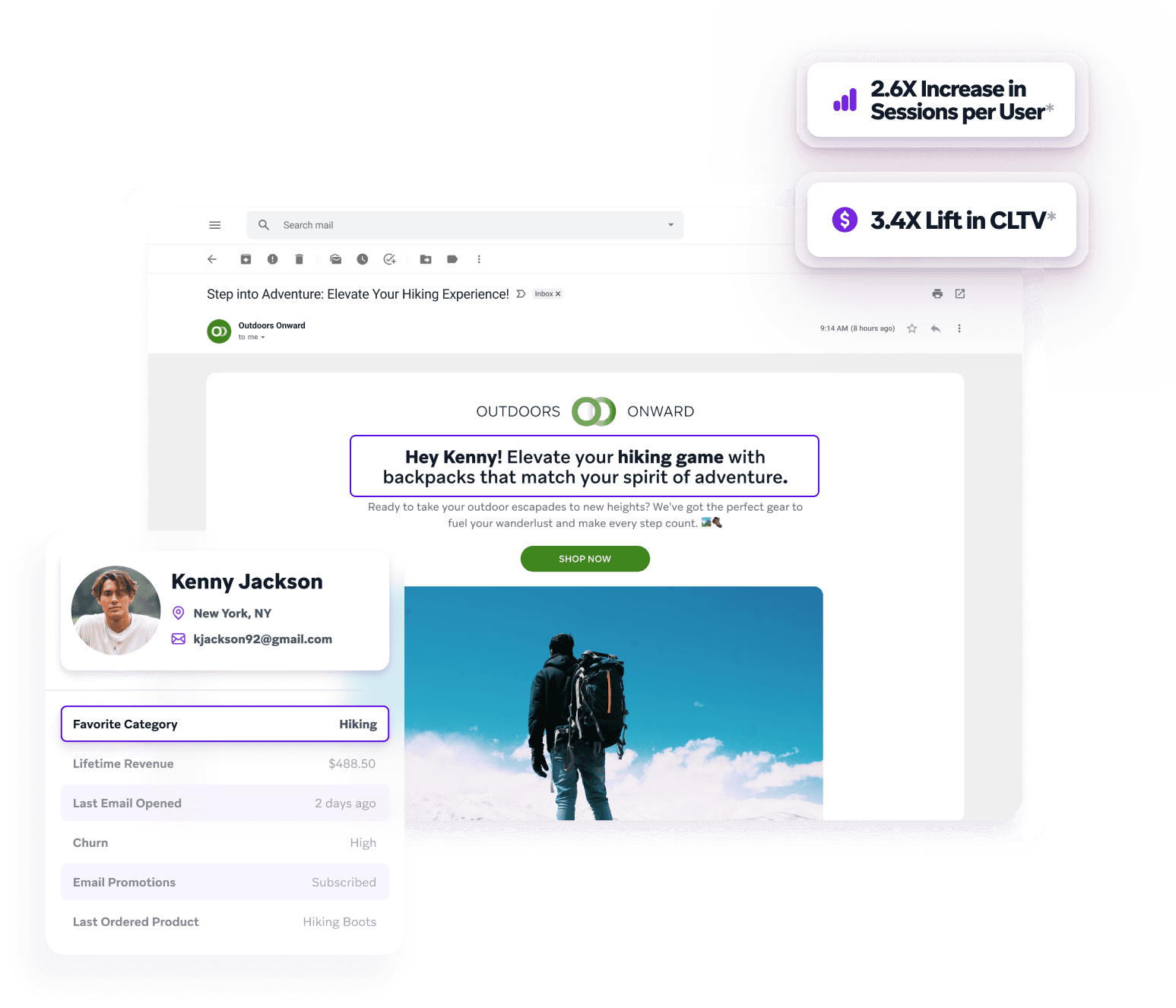
Teach a classic channel new tricks.
Drive higher conversions
Deliver truly relevant emails that boost customer engagement, satisfaction, and revenue.Save time and money
Get promotional, lifecycle, and transactional emails out the door fast, and with fewer headaches.Scale reliably
Take your email program to new heights without sacrificing deliverability and performance.Create joy in every inbox
Let your creativity shine with emails designed to stand out in a crowded inbox.Email built to scale for businesses of any size.
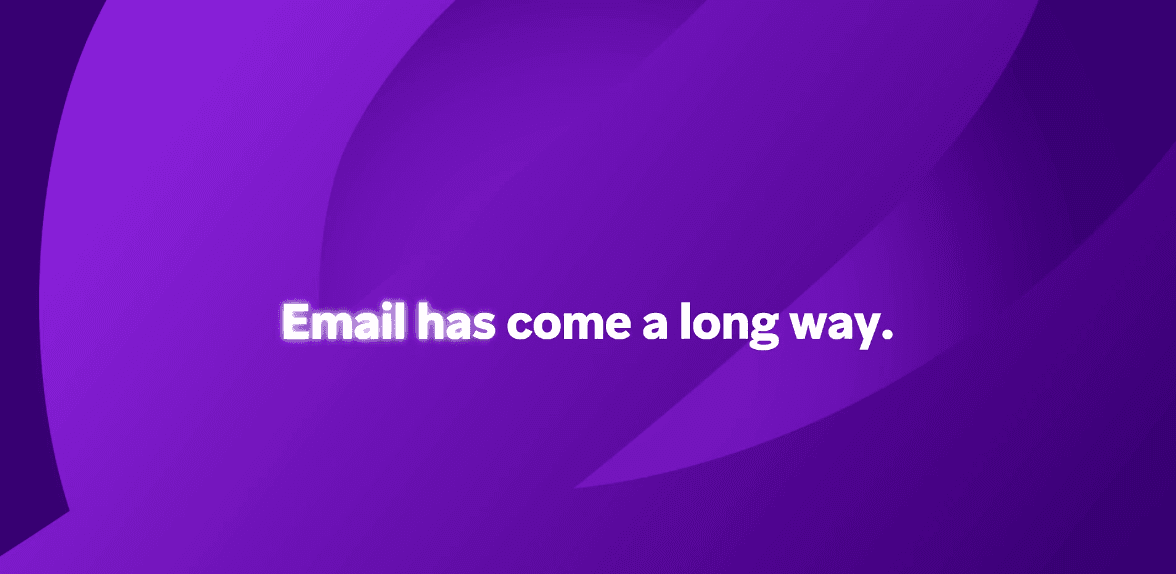
Drive higher ROI
Deliver engaging emails that deliver conversions.
Automatically trigger emails based on real-time customer behaviors, cross-channel interactions, and live updates happening within your tech systems.
Tailor email journeys across the funnel—be it a perfectly-timed nudge, or a dynamic flow that adapts to, and guides customers to their next best action.
Embed products, content, promotions, and recommendations directly into emails to give every customer the information that’s most useful to them.
Deliver highly engaging and interactive experiences directly within the email inbox.
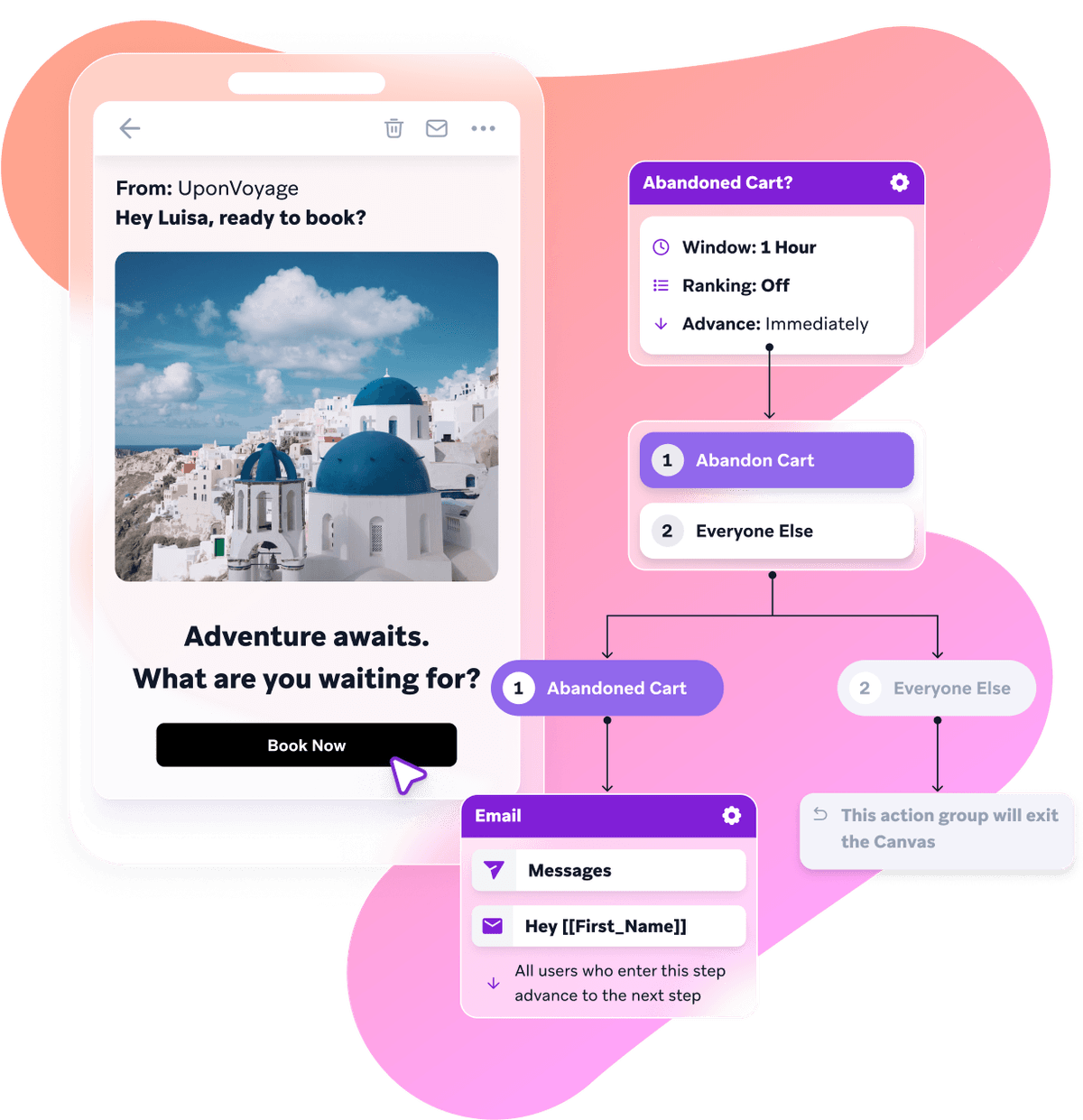
Save time and money
Take the complexity out of building creative campaigns.
Quickly compose on-brand emails in minutes with an intuitive visual editor. Choose custom fonts, colors, and other styles to match brand guidelines.
Use pre-built email templates, custom email content blocks, and other reusable content and design elements to save time.
Kickstart the email copywriting, image generation, and QA process with an AI advisor.
Speed up email production and set your creative apart with a Braze team that handles existing email asset migration and net-new email creation.
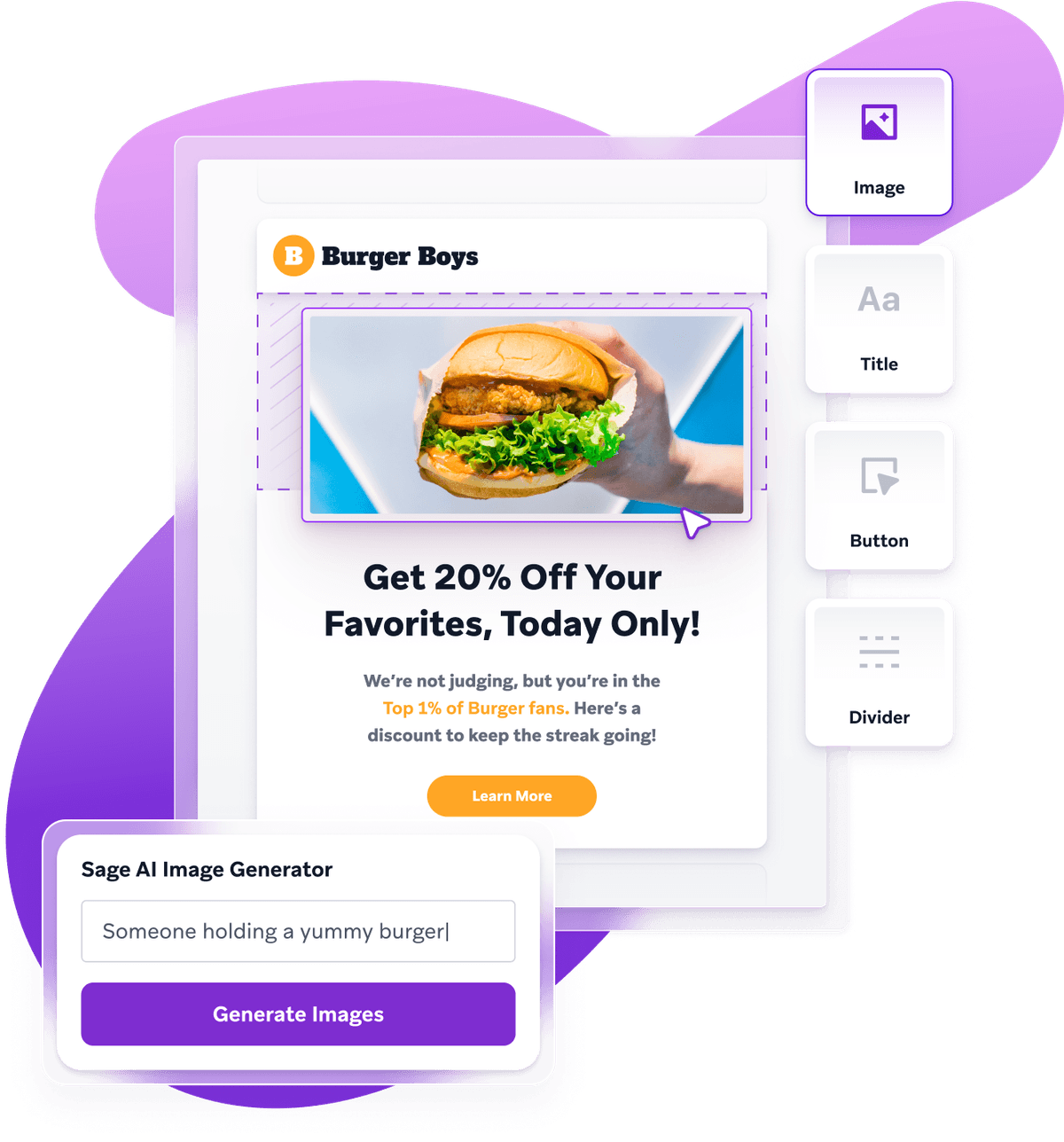
Scale reliably
Dedicated services that can elevate your email strategy.
Speed up email production and set your content apart with a Braze team that handles existing email asset migration and net–new email template creation.
Trust a platform known for its reliability, no matter how large your audience or send volume. Minimize messages landing in spam with a customized IP warming plan, on-demand monitoring, and a team of ISP and deliverability experts.
Confidently migrate to a modern ESP with the help of award-winning onboarding specialists, customer success teams, and an extensive partner network.
Find inspiration and bring your next email campaign to life with the Braze Bonfire Community, made up of 3,000+ marketers.
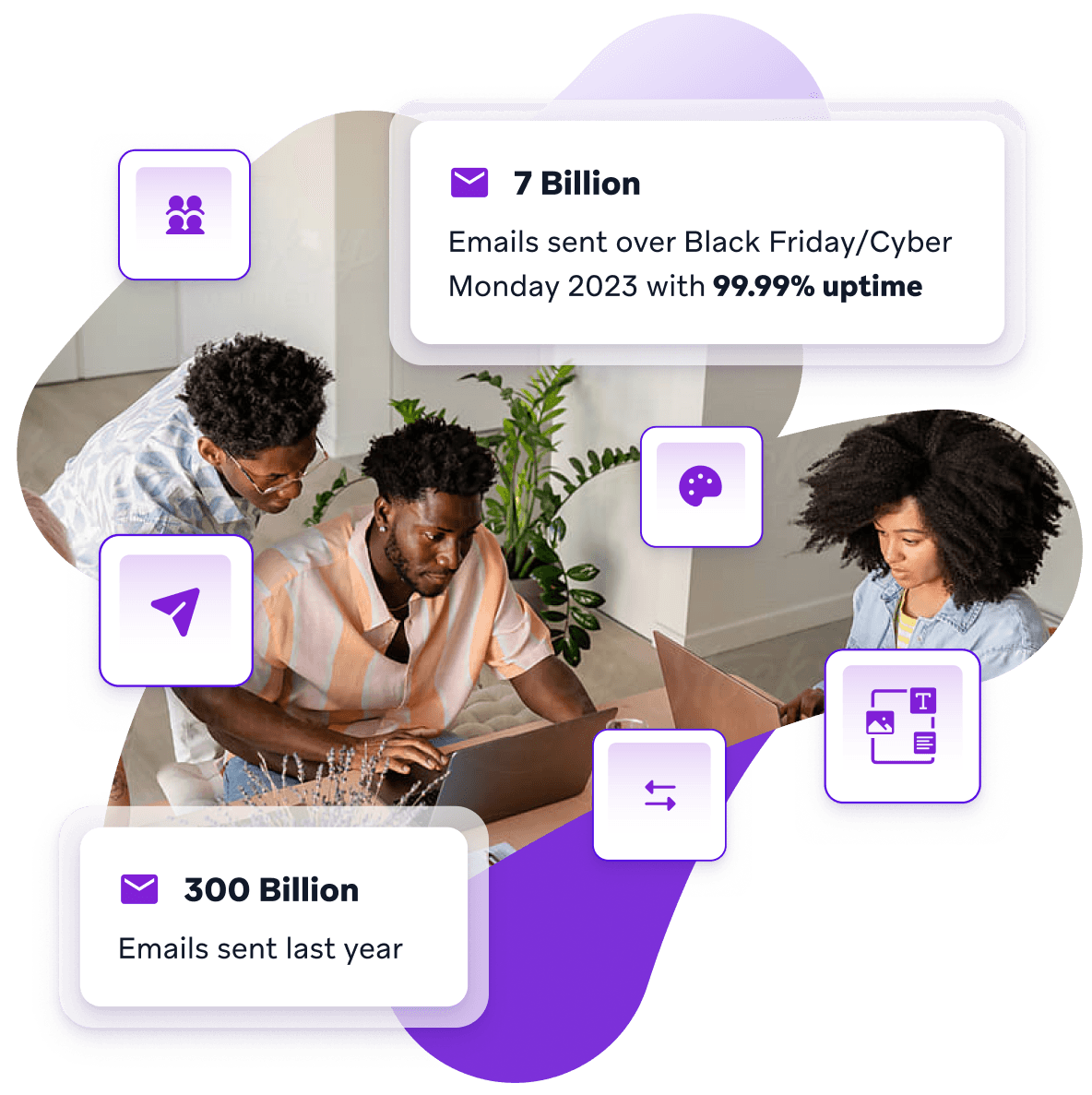
Create joy in every inbox
Treat subscribers like people, not static lists.
Unify first-party data from any source to understand real-time and historical customer preferences, behaviors, conversion likelihood, and interactions across platforms and channels.
Manage subscription statuses and create customized preference centers so you can reach the right people with the right email content.
Build and reach any audience you can imagine. Tap into 100+ out-of-the-box filters or use a flexible SQL composer to reach the right subscriber.
“We went from sending a single static message to our entire audience at once, to sending a series of messages that responded to our audience's behavior and reached them when they were most likely to engage.”
Seth Gourson
Marketing Manager, Lumos Labs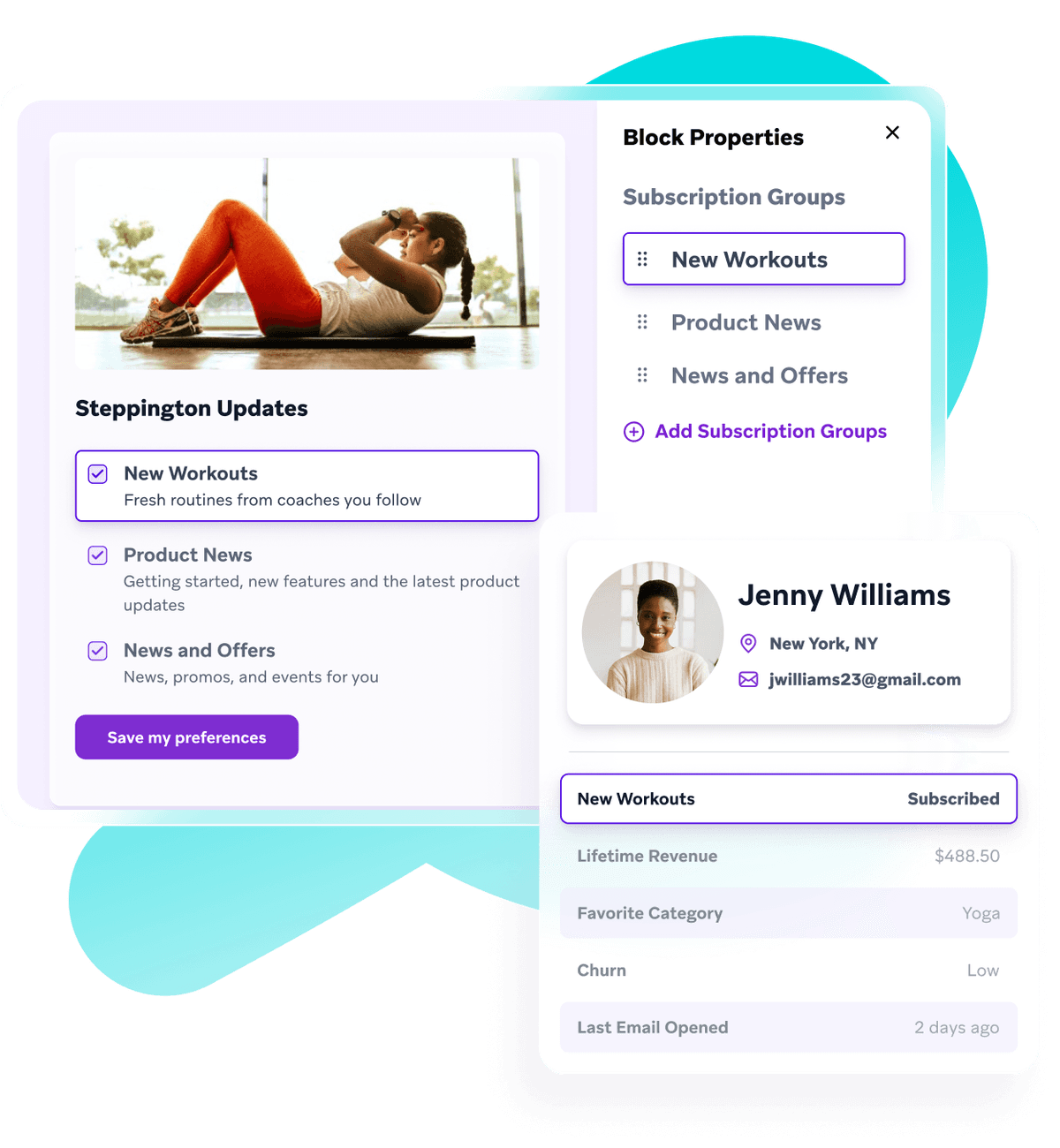
Test and optimize
Fine-tune your email strategy.
Comprehensive experimentationEasily improve every part of your email strategy to find what works—from subject-line, message copy, send frequency, and everything in between.
Measure and evaluate the success of your entire email program, journeys, campaigns, and individual sends with Braze and the other analytics tools you’re already using.
Achieve better results in one click. Automatically optimize email campaigns by sending subscribers the message designed to drive the most engagement and conversions.
Follow customers wherever they go. Start building your customer engagement strategy with email and expand over time to drive greater conversions on SMS, mobile, web, and paid ads.
“Three years in, we’ve used Braze to test and optimize messaging cadence, creative, audience targeting, content choice, and more to become very relevant to our consumer experience of Peacock.”
Annabella Goff
Sr. Director, CRM, Peacock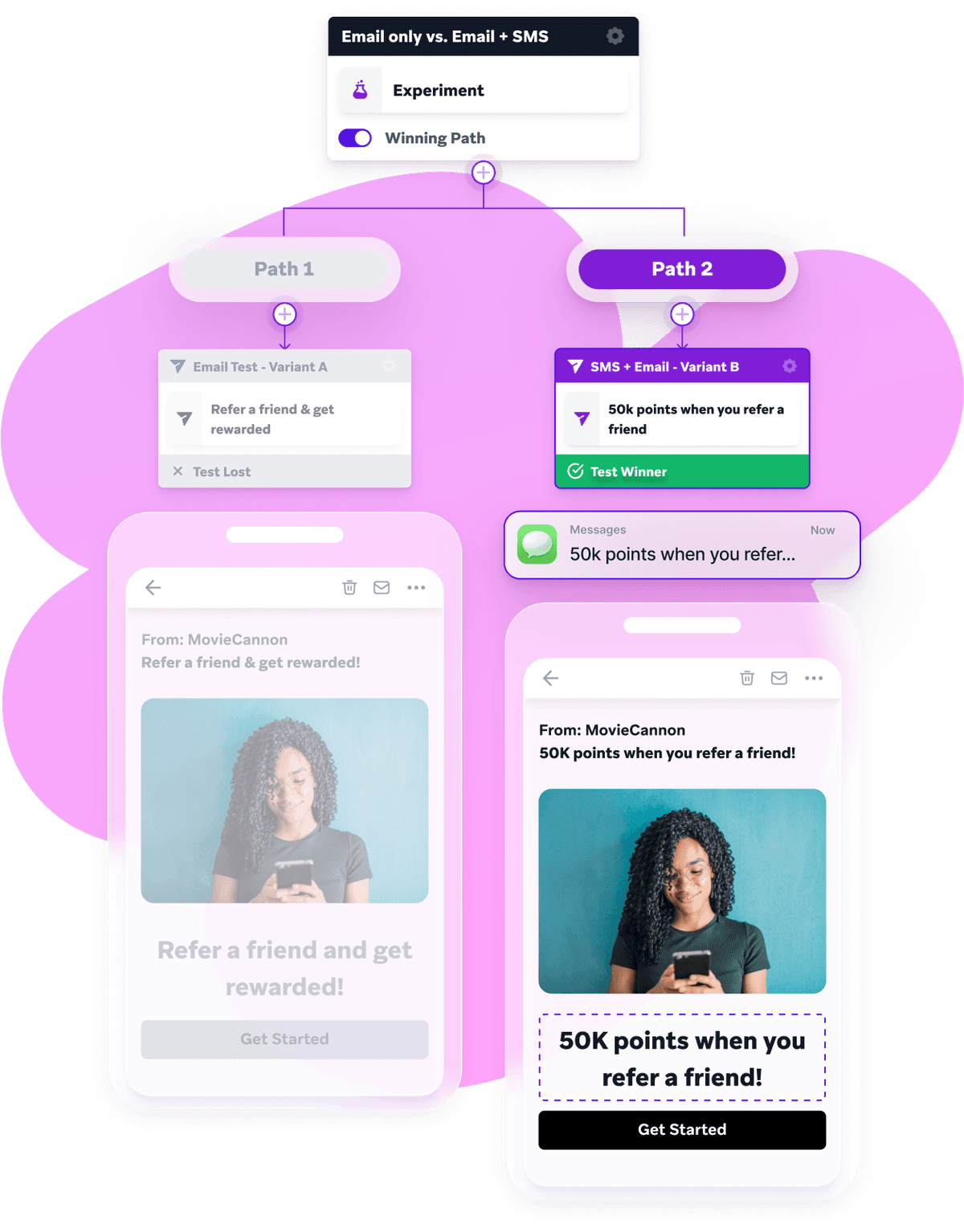
Case Studies
